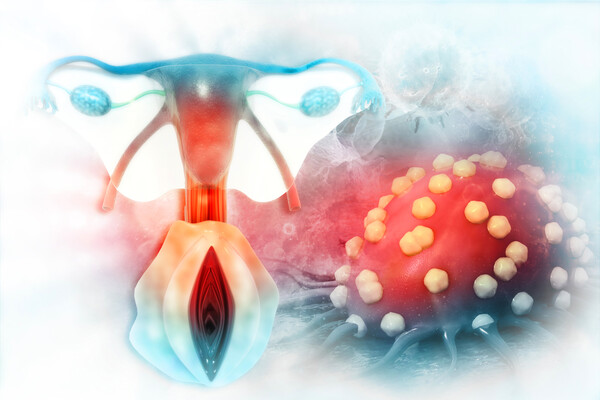
Certain women may have a heightened vulnerability to cancer affecting the endometrium, which is the innermost lining of the uterus and is typically shed during menstruation. This susceptibility often arises in individuals who have resided in environments characterized by prolonged exposure to female hormones.
Kim Yong-beom, a professor of obstetrics and gynecology at Seoul National University Bundang Hospital, said continuous exposure to female hormones stands out as the most significant known risk factor for endometrial cancer.
He recently shared this information on the SNUBH’s YouTube channel.
“This is why endometrial cancer is about two to three times more likely to occur in women who have never been pregnant (no fetal pregnancy for more than 20 weeks) than in women who have had two or more pregnancies and deliveries,” Kim said.
"Infertility due to menstrual irregularities or anovulatory menstruation also increases the incidence of endometrial cancer.”
Women who are overweight or obese also have a higher incidence of endometrial cancer because the production of the female hormone estrogen increases in fatty tissue.
Also, there are reports that hypertension and diabetes are also associated with an increased risk of endometrial cancer, as the risk of hypertension and diabetes is increased in women with obesity, he said.
Long-term use of tamoxifen, an anti-estrogen used to treat breast cancer, also increases the risk of endometrial cancer.
Kim further clarified that contrary to common belief, the risk of endometrial cancer does not increase with postmenopausal estrogen replacement therapy. "Currently, we are prescribing progesterone medications to mitigate any potential increase in risk," added Kim.
Signals of endometrial cancer: irregular vaginal bleeding, increased discharge
Endometrial cancer incidence is going up in Korea.
The disease has been common in developed countries but Koreans need to be more vigilant as it is increasingly occurring in Korea due to economic growth and other improvements in living standards, he said.
Furthermore, the outcome of this cancer is significantly worse when it is detected late. About 90 percent of endometrial cancers are detected in the first stage with symptoms such as irregular vaginal bleeding or increased vaginal discharge, and more than 90 percent are cured without recurrence.
However, if diagnosis is delayed and the cancer is detected after stage 3, the five-year survival rate drops dramatically to less than 50 percent, according to Kim.
In addition, when endometrial cancer progresses and metastasizes to other organs, symptoms include lower abdominal pain, tenderness, hematuria, oliguria, and low back pain; abdominal distension and intestinal obstruction in the case of intra-abdominal metastases; and weight loss, generalized weakness, and anemia due to bleeding.
"However, in less than 5 percent of cases, these symptoms may not be present, so regular checkups are recommended," Kim said.
Early symptom detection can stop cancer progression
Women over the age of 35 who experience irregular vaginal bleeding, amenorrhea, or heavy periods, especially before menopause, should have their endometrium checked. This is because these symptoms are a sign of endometrial hyperplasia, which is a precursor to endometrial cancer.
"Endometrial hyperplasia, which is a problem with the lining of the uterus, is one of the precancerous stages of endometrial cancer, and it is the stage where early symptoms appear," Kim said. "If you detect and treat it at this stage, you can prevent endometrial cancer from occurring."
He emphasized the importance of avoiding obesity and ensuring that diabetes and hypertension are diagnosed and treated promptly.
Furthermore, Kim advised consulting with a specialist before using hormonal drugs after menopause, to ensure proper guidance regarding the appropriate type and to prevent misuse.

